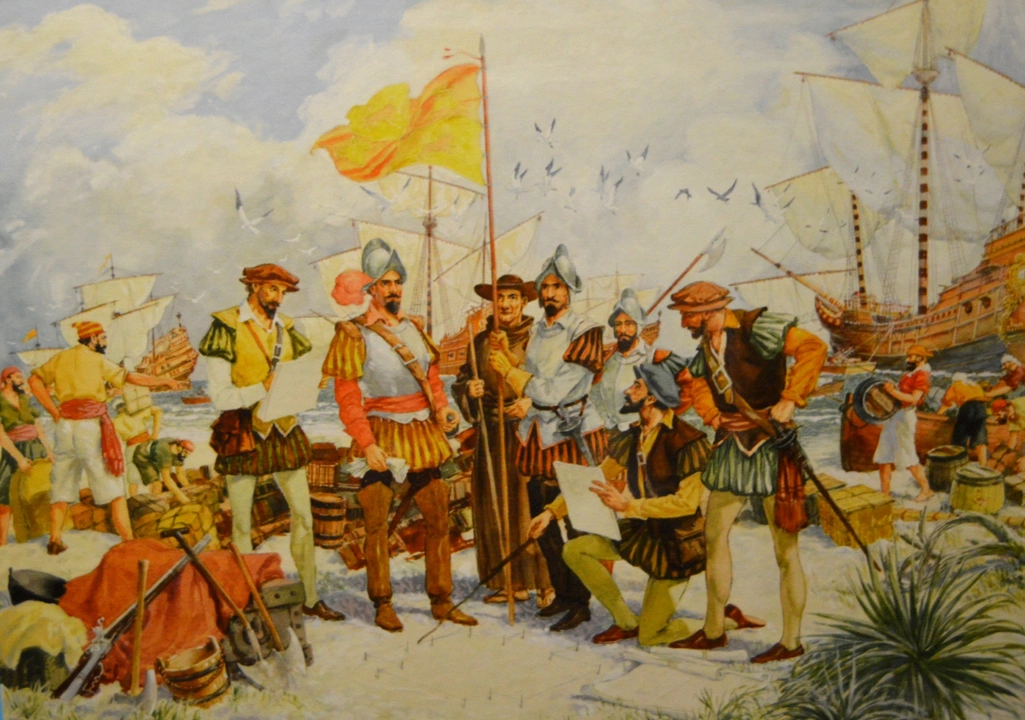Spanish Missions: A Quick Guide to Their History and Visiting Tips
If you’ve ever wondered why a great many towns in the Southwest have old stone churches with thick walls and bell towers, the answer is Spanish missions. These outposts were built by Spanish explorers and priests to spread Christianity, claim land, and protect settlers. Today they’re not just relics; they’re living pieces of history you can walk through, photograph, and learn from.
History and Purpose of Spanish Missions
The first missions appeared in the early 1500s when Spain started colonizing the New World. Priests, called friars, set up small villages near Native American groups. Their job was to teach the locals to read, farm, and follow Catholic rites. In return, the missions offered food, shelter, and protection from rival tribes.
Each mission was built with local materials – adobe bricks, stone, and timber – and designed to survive harsh climates. The layout was simple: a church at the center, surrounded by living quarters, workshops, and a courtyard. This design made the mission a self‑contained community where everyone had a role.
Over time, the missions became centers of trade and culture. They introduced new crops like wheat and grapes, and they taught European building techniques. However, the mission system also forced Native peoples to abandon their traditions, which caused tension and, eventually, rebellion.
By the early 1800s, most missions in North America were abandoned or handed over to new governments. In places like California, Texas, and Florida, they fell into ruin, but many were later restored because of their unique architecture and historic value.
Visiting Spanish Missions Today
Planning a trip to see Spanish missions is easier than you think. Most are open to the public and offer guided tours, museum displays, and special events. Start by picking a region – California has 21 historic missions, while Texas and the Southwest also have several well‑preserved sites.
When you arrive, take a moment to notice the details: the hand‑carved wooden doors, the thick plaster walls, and the bell that once called people to mass. Many sites have interpretive signs that explain the building’s original purpose and the stories of the people who lived there.
Don’t miss the surrounding grounds. Mission courtyards often host gardens where herbs and vegetables grown by the original residents are displayed. Some missions even have recreated workshops where you can see traditional leatherworking or pottery in action.
Timing matters. Spring and fall usually have mild weather, and you’ll avoid the summer heat that can make outdoor walking uncomfortable. Check the mission’s calendar – many host festivals celebrating their founding day with music, dance, and food that blends Spanish and Indigenous flavors.
Finally, respect the site. These places are sacred to some communities and are fragile historic structures. Stay on marked paths, keep noise down, and follow any photography rules the staff sets.
Whether you’re a history buff, a photographer, or just curious about how past cultures shaped our towns, Spanish missions give you a tangible link to a complex chapter of colonial America. Walk the stone corridors, listen to the echo of old bells, and you’ll walk away with a deeper sense of how people once lived, worked, and prayed in these unique towns.
Why did the Spanish build missions in California?

